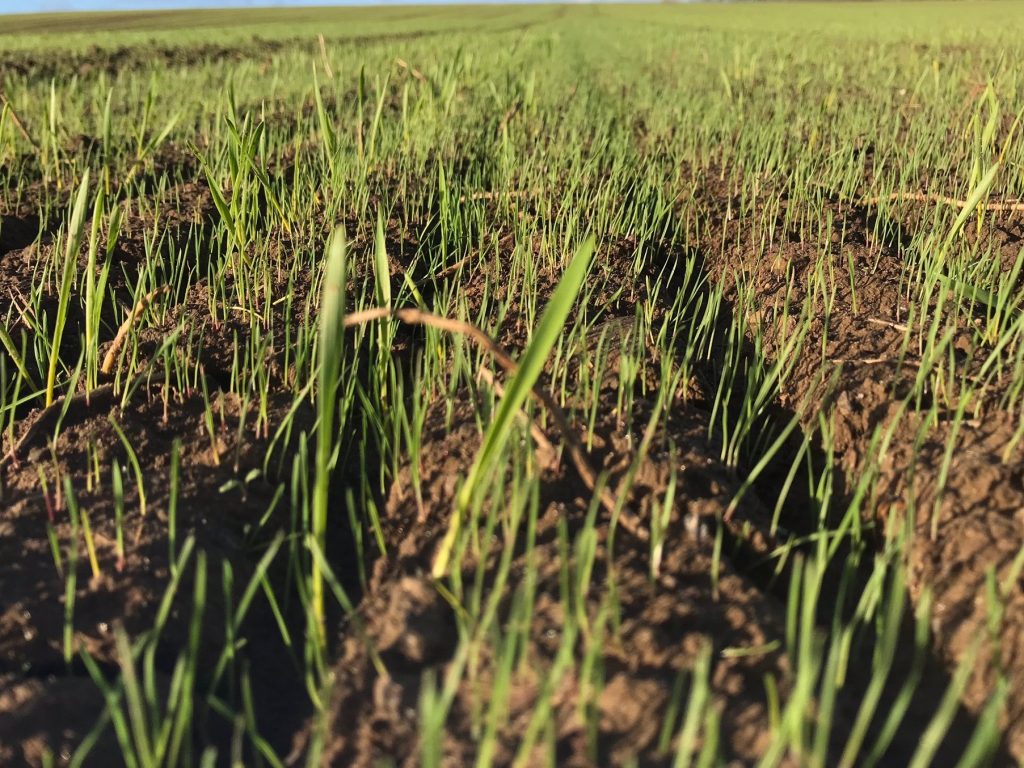Three-step black-grass plan helps weed out uneconomic crops
10th January 2019
Winter cereal growers facing uncontrolled black-grass brought on by early drilling and the dry autumn are being urged to make an honest appraisal of its likely economic impact, in order
Winter cereal growers facing uncontrolled black-grass brought on by early drilling and the dry autumn are being urged to make an honest appraisal of its likely economic impact, in order to plan appropriate action.
According to Mike Thornton, head of crop production for agronomy firm, ProCam, last summer’s early harvest resulted in a number of winter cereal crops being drilled early.
While in non-black-grass situations he says this was fine, on land with black-grass, it resulted in more of the weed emerging in the crop, rather than before planting when it could have been be killed off in a stale seedbed.
The situation was made worse by the dry autumn that followed, which meant pre-emergence herbicides didn’t work as well as hoped for, he adds.

Mike Thornton.
“Certainly, there are winter wheat crops out there where it’s questionable whether it will be economic to persevere with growing them because of the amount of black-grass present,” says Mr Thornton.
“Depending on the location, there may be less than 5% of fields affected. But until you get out there and check fields individually, you don’t know the extent of the potential loss.”
To help growers take appropriate action, Mr Thornton suggests a three-step approach:
- Walk the land: Take time to check all fields to identify those where control has fallen short, and to identify whether whole fields or just parts of fields are affected. At the same time, count or assess the numbers of surviving black-grass plants per metre squared, and the weed and crop growth stages in affected fields. Another consideration, he says, is how cloddy the soil surface is, because soil clods could release more black-grass seeds as they weather down.
- Assess the impact: Using these assessments, calculate the potential yield loss – for example based on 12 black-grass plants per metre squared causing a 5% yield loss in winter wheat. More importantly, he says, remember to also take account of longer-term problems caused by seed shed from these survivors, since each surviving black-grass head can produce at least 100 seeds.
- Plan your remedy: Depending on the particular field situation, it may be possible to treat with a herbicide, says Mr Thornton, though the success of this will diminish as black-grass grows larger. Instead, it may be more economic to destroy the crop, or at least part of it, with a total herbicide, he says, and either replace it with a spring crop or leave the destroyed area fallow. “If replacing with a spring crop, check that previously-applied crop protection inputs will allow this. Where possible, spring barley can be a popular replacement, with modern varieties yielding well and income potential from straw. Alternatively, if part of the field is left fallow, there’ll be no income from this but you often see substantially less black-grass in these areas in the next crop the following year.”

